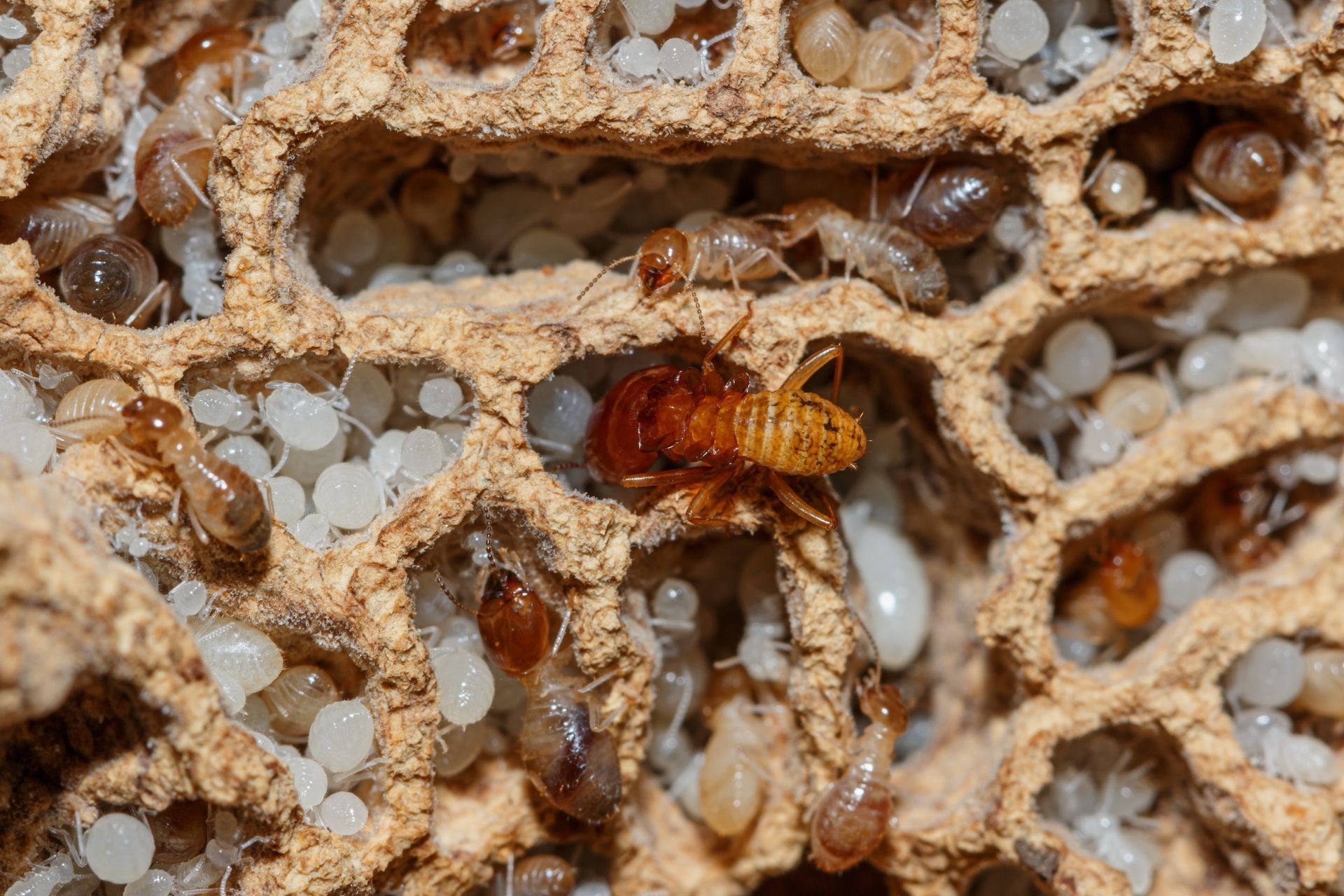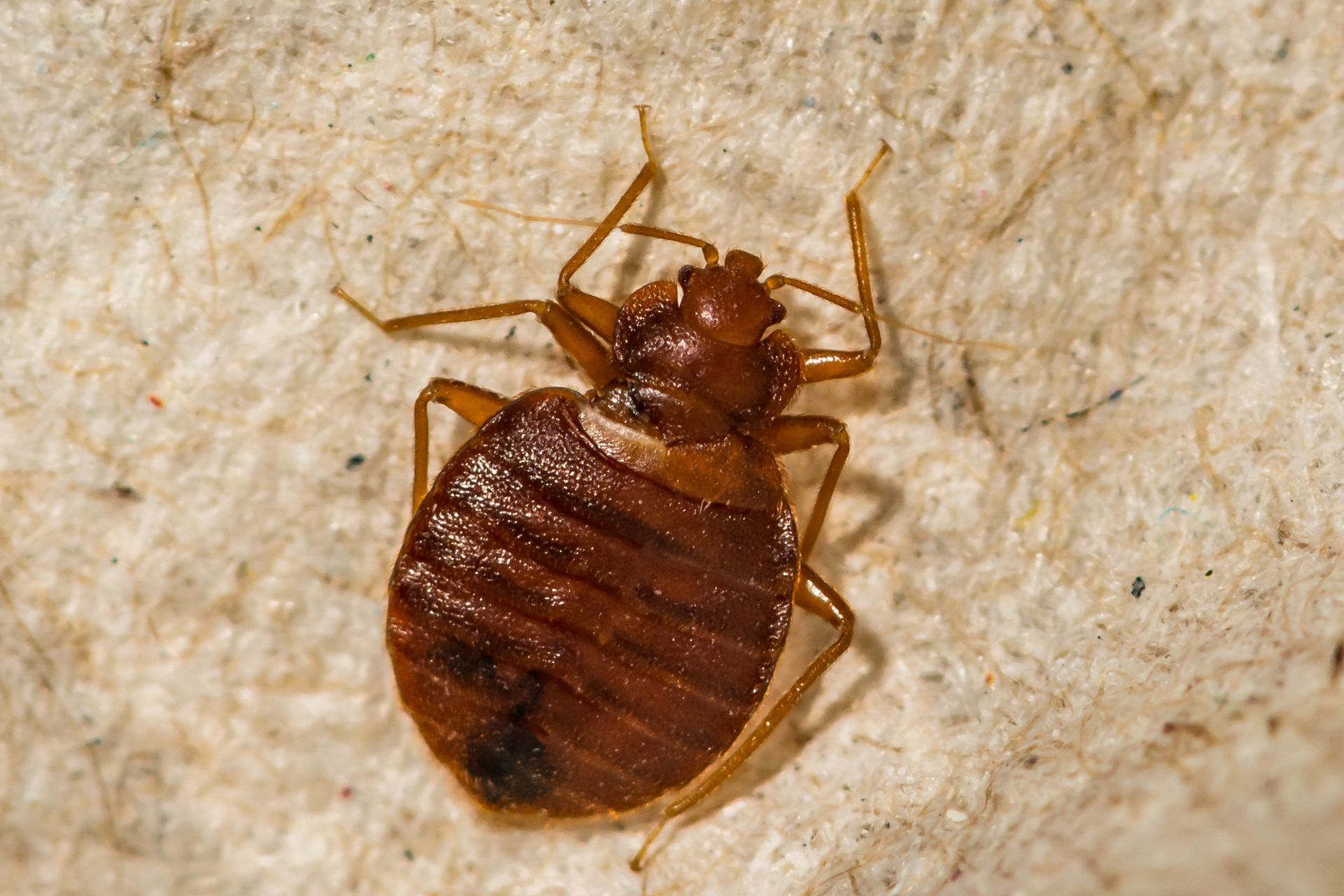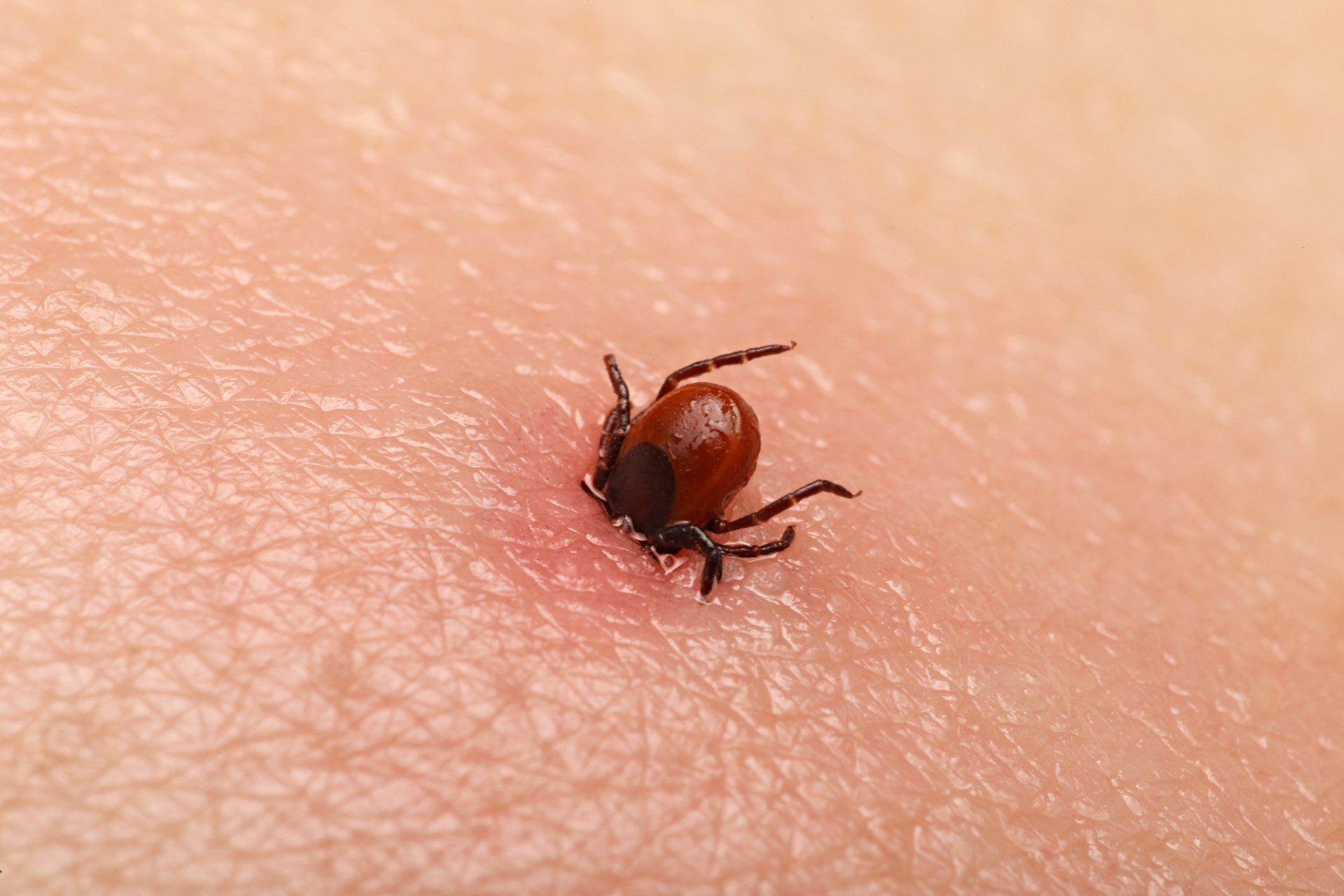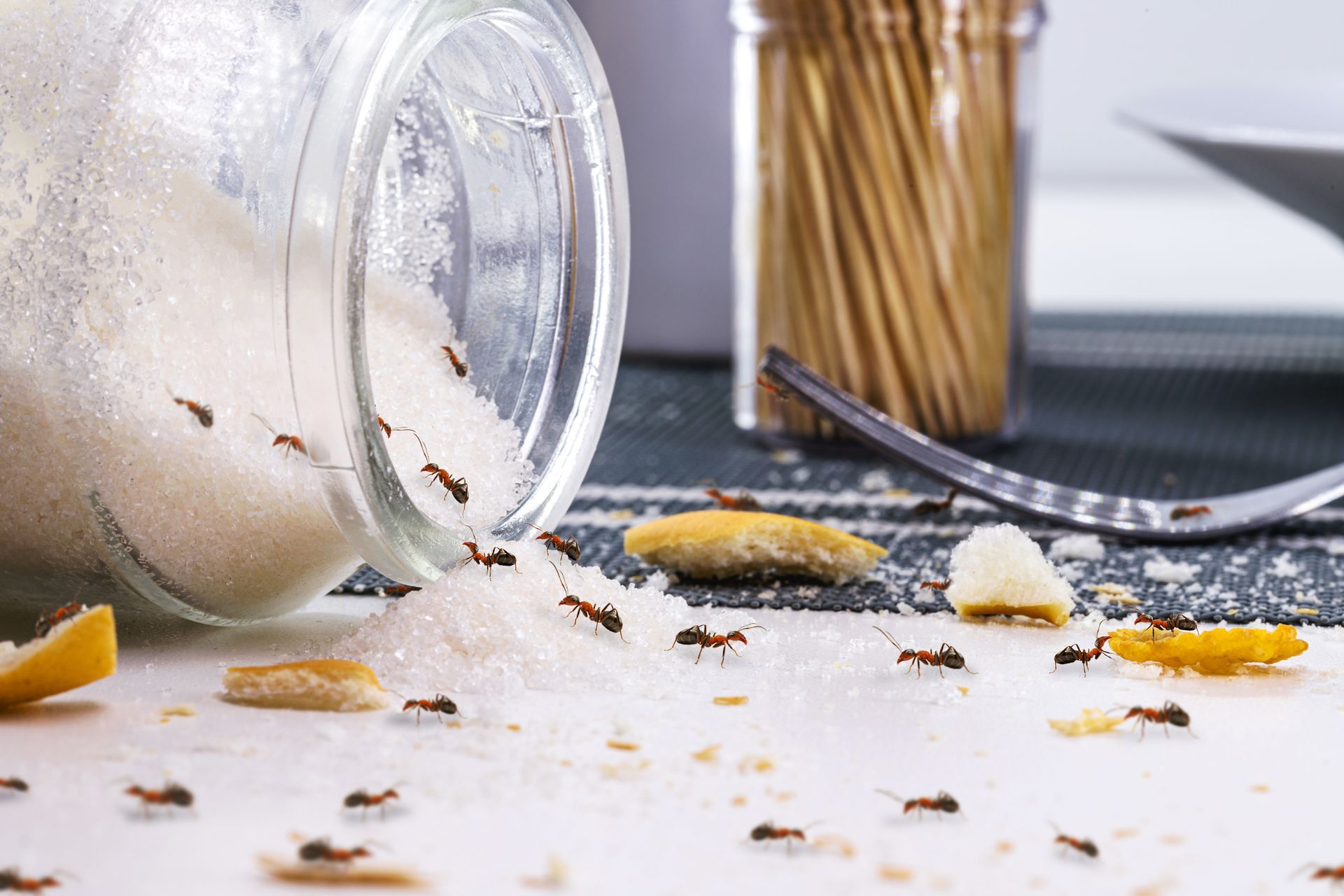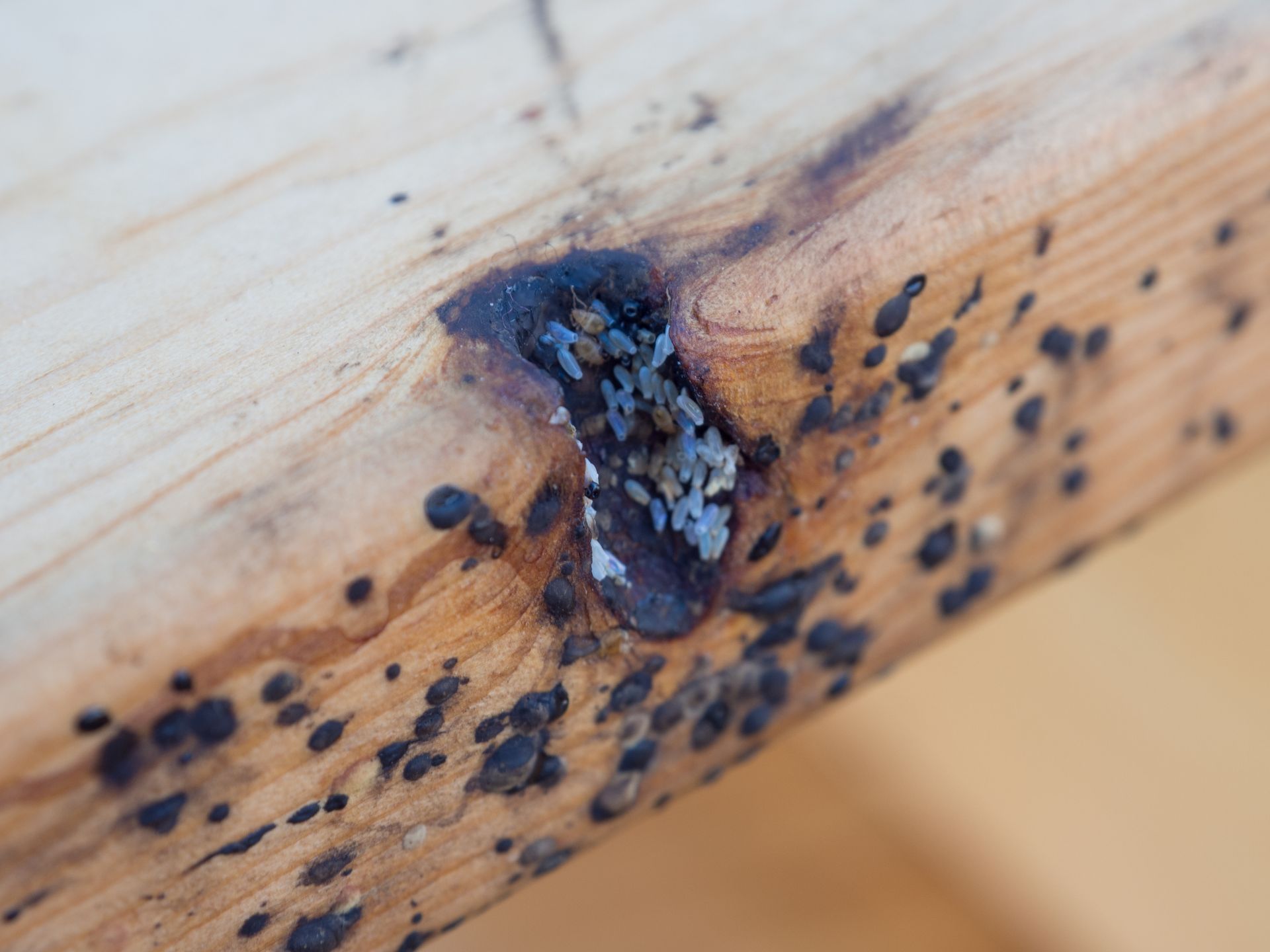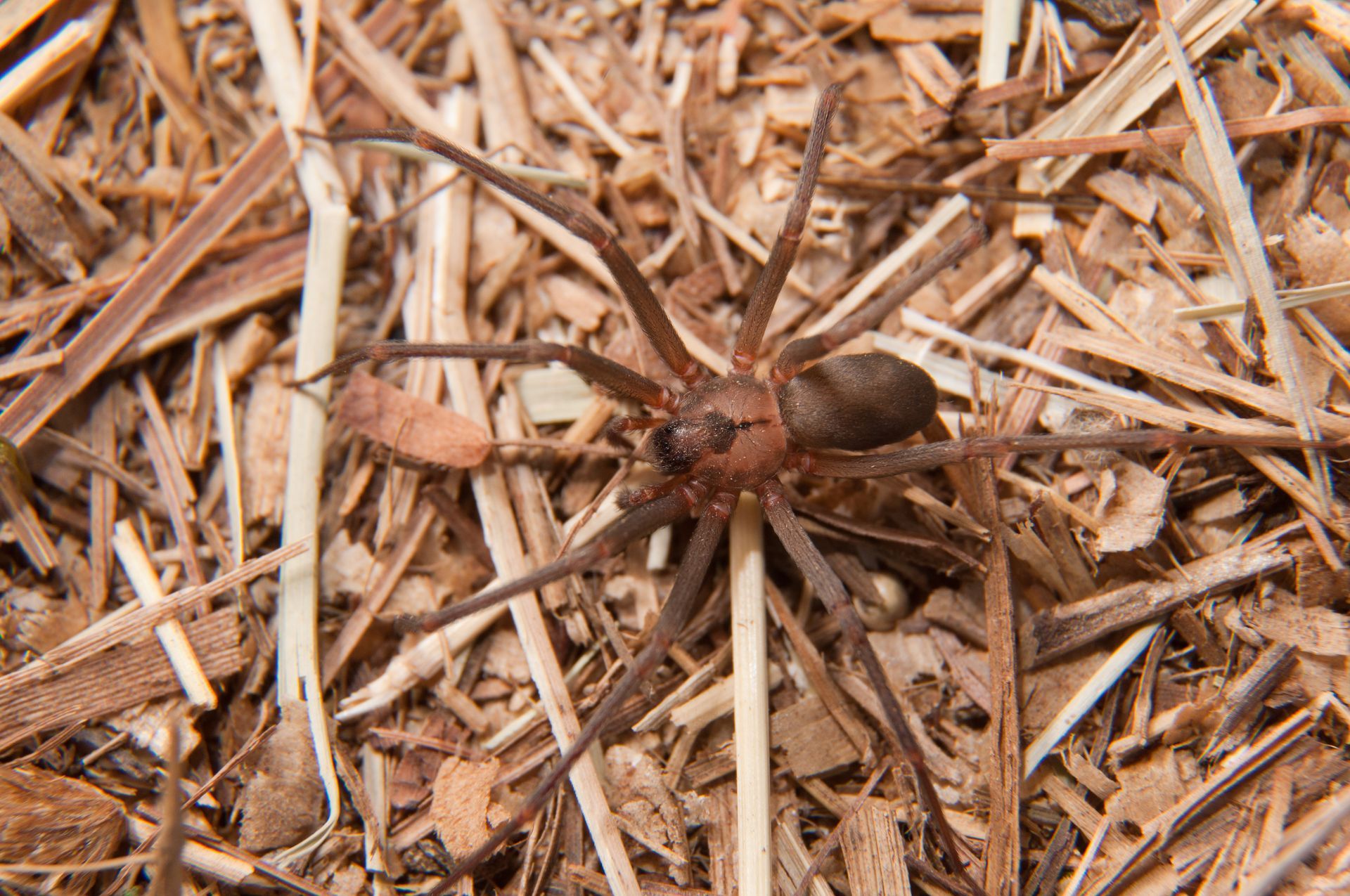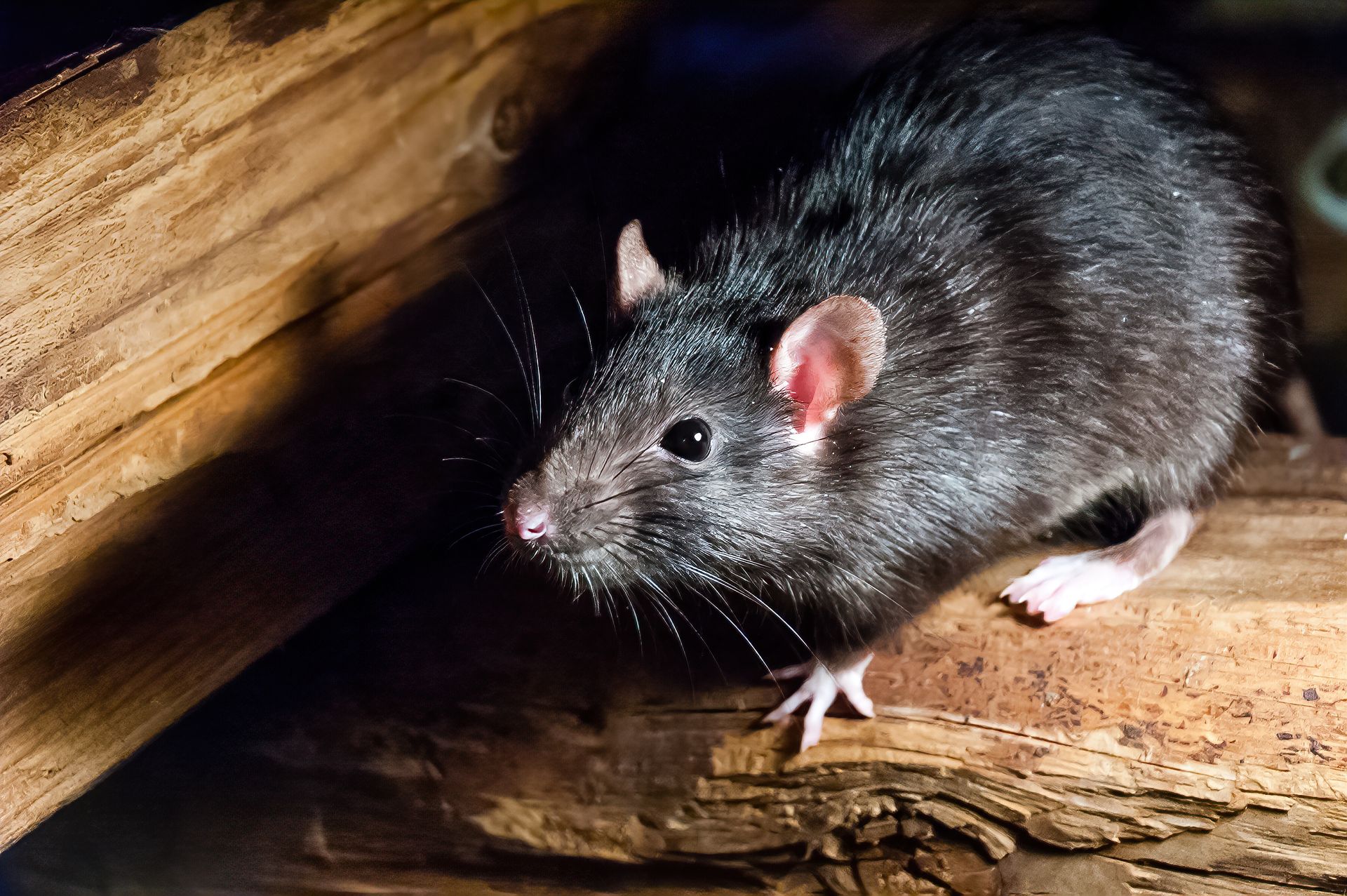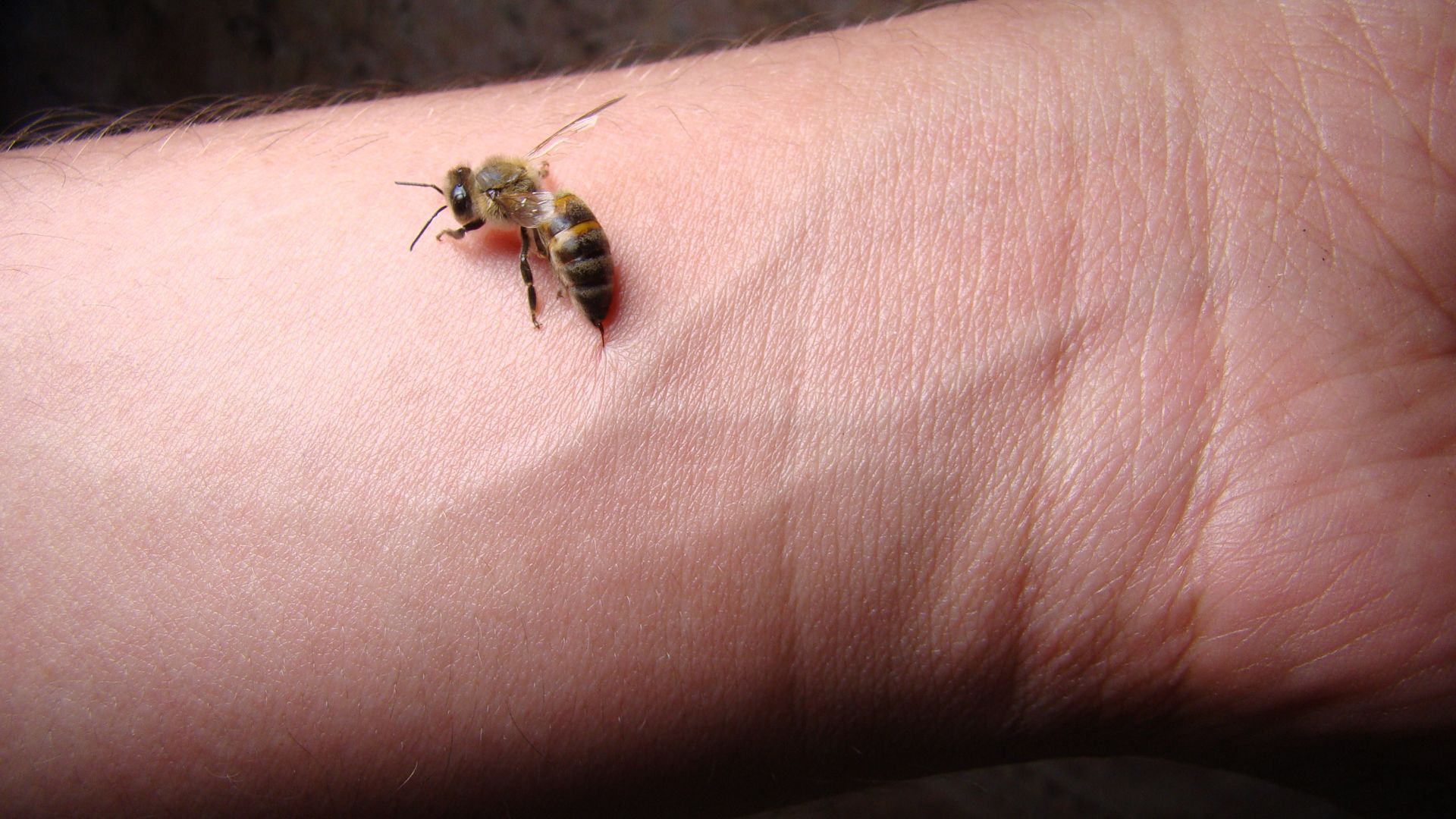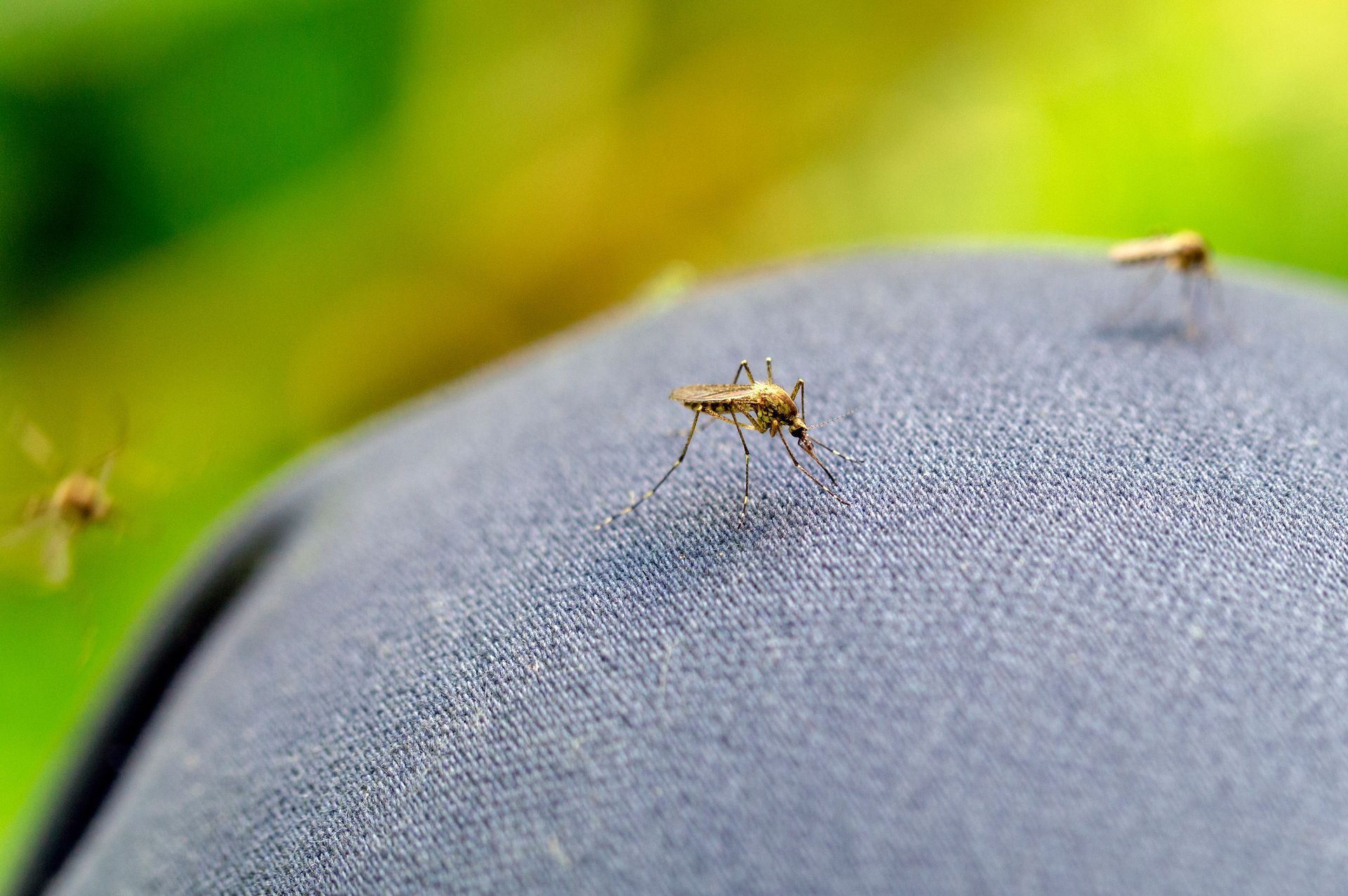Wasp Lifespan
How Long Do Wasps Live?
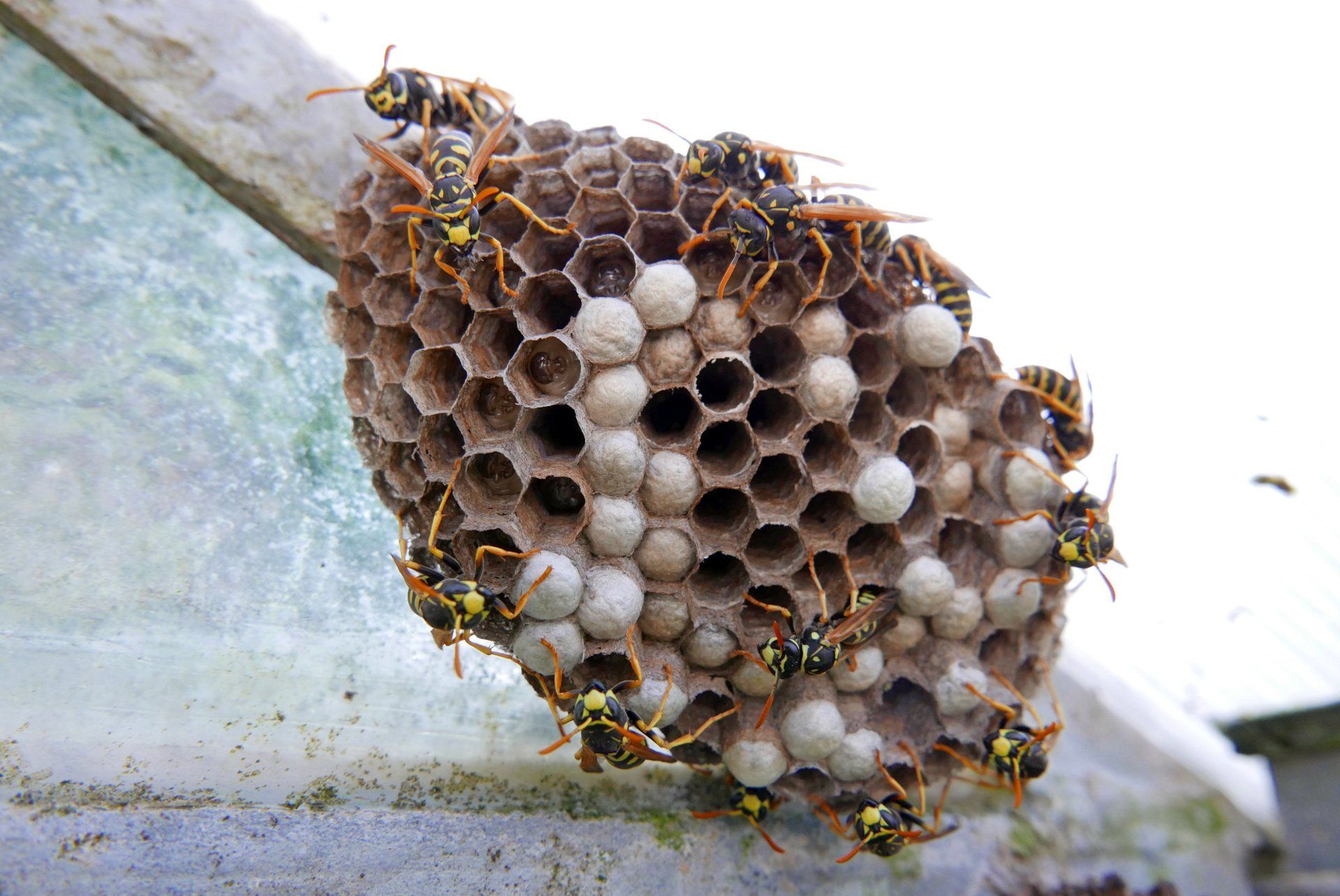
A wasp’s lifespan depends on the species and the role they play. Adult worker wasps can live between 12 – 22 days while the queen will survive for the entire year until the cold causes the colony to die off. If you are accounting the time that it takes for a wasp egg to develop into an adult, it can take between 40 - 60 days depending on external environmental factors. Different species will also have different life spans, but most wasps won’t survive for too long. That being said, if you look at the lifespan of a social wasp colony, the duration of a wasp colony’s longevity depends on the climate it exists in. Wasps can be a year-round pest in tropical or warm locations. In locations that have a period of cold during the winter months, wasps tend to die off as the cold makes it difficult for wasps to find food.
The Average Life Span of a Wasp
The average adult wasp lifespan rarely exceeds 22 days, but that lifespan is largely dependent on other factors like their role in the colony, resource availability, species, predators, and temperatures. Workers account for 99% of the adult wasps in a colony and they generally live from 12 – 22 days. There is only one queen, and they have to survive for the entire year to ensure that a colony doesn’t collapse.
Queen
The queen is where each wasp colony starts. She starts off as a fertilized female that hibernates during the winter and then emerges in spring to start creating her nest. Once a good nest site has been established, the fertilized female will start to lay eggs that will hatch in about 5 – 8 days. A nest can contain hundreds to thousands of eggs in a short period but the number of eggs a nest contains varies depending on the species.
Larvae
The eggs that are laid will hatch into larvae which are taken care of and fed by adult worker wasps. They are provided protein rich food like other insects that help provide the building blocks that allow their bodies to move onto the next segment of their life cycle. In about 15 days, the larvae will seal their chamber up with a silk lining while it pupates.
Pupa
Once a wasp starts to pupate, it will start to develop the features of a mature adult wasp. Their exoskeleton will harden and darken in color. Their wings will flatten which will make the wasp capable of flight once it escapes the cell. This process will take between 8 – 18 days before a wasp is ready to When they are ready, wasps emerge from the silk seal that covered its chamber.
Mature Adult
An adult infertile female wasp will emerge from the cell that the pupa was formerly held in. For the first few days of being an adult wasp, they will focus on nurturing the larvae. As they get a little older, they will be able to complete tasks like collecting water and food to feed the larvae or collect wood pulp to help build up the nest. Adult wasps have very weak digestion capabilities, so they rely on a symbiotic relationship with the larvae. They seek out and hunt for proteins and sugars to feed the larvae which result in the larvae digesting the food and excreting a predigested soup that the adults can feed on. At the end of their lives, adult wasps will return to the nest to live their final days taking care of the larvae again.
The Lifecycle of a Wasp Nest
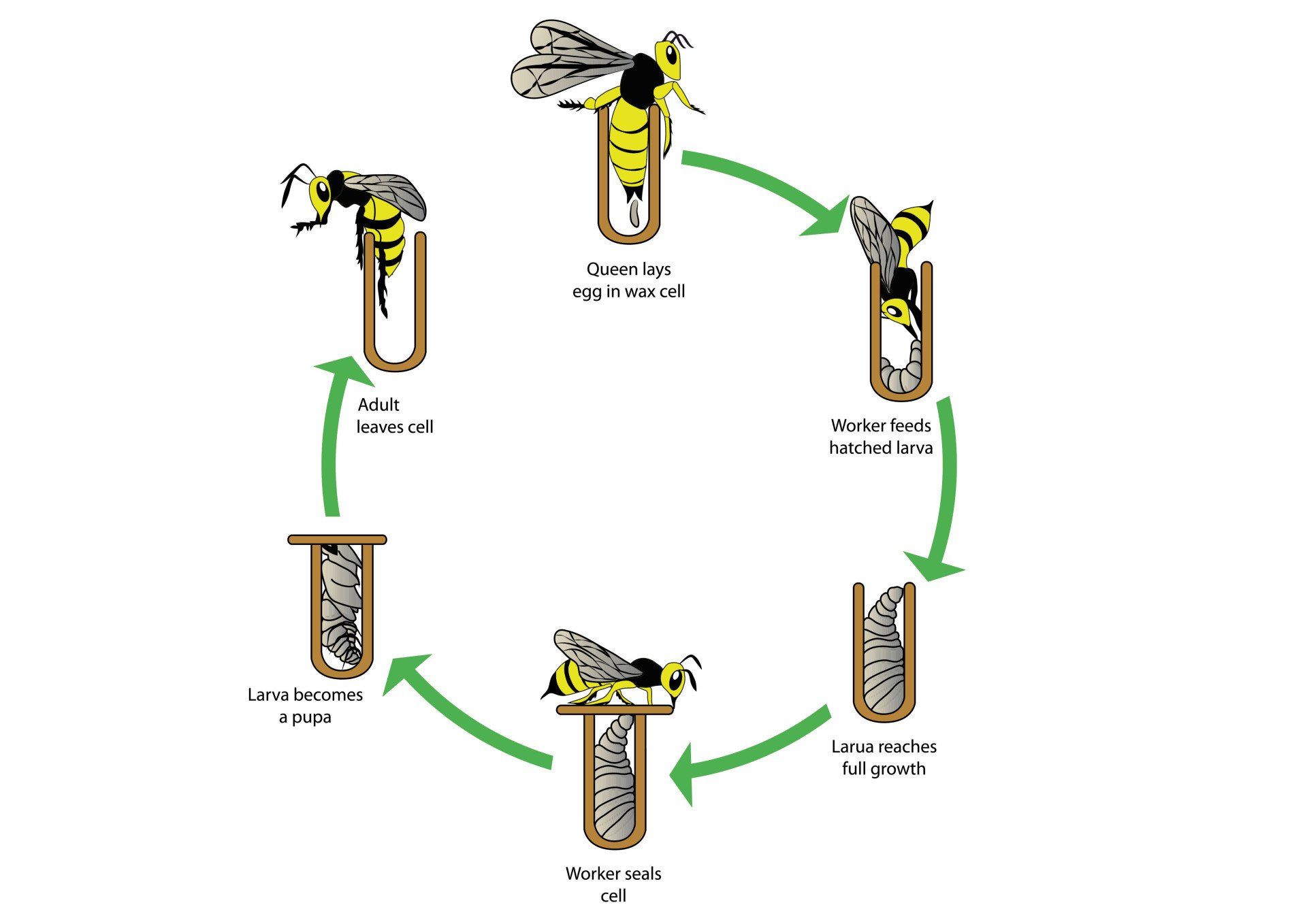
The life cycle of a wasp nest in climates with colder periods typically lasts a year. This is because the colder periods and seasonal changes will reduce food availability while temperatures make it hard to survive.
Springtime
Springtime is when fertilized female wasps will awaken from being dormant all winter. They will fly off in search of food and an optimal nesting site to start her new colony. She will most likely select a dark, dry location that will remain undisturbed to build their nest. Once a location is selected, she will start to create a nest that consists of honeycombed chambers where she will lay eggs. The material that is used to build the nest depends on the species. Paper wasps will create aerial nests that are made of wood pulp and saliva while yellow jackets will dig underground to create a subterranean nest. Initially, the queen will be working by herself until the first of her brood mature into adult workers. Once she has a handful of workers to help, the size of the nest grows quickly. At this point, the queen can retire from creating the nest and focus completely on laying 200 – 300 eggs per day.
Summer
By summertime, most wasp nest will have grown exponentially in size. Depending on the species, a healthy wasp nest can contain between 30 and 15,000 wasps. The adult wasps will work together to continue the nest expansion while also feeding the larvae that will develop into new workers. An increasing number of larvae will require the nest to add more layers to house the new egg chambers. In paper wasp nests, this will appear like there are more honeycomb cells from below while yellow jackets will excavate the dirt under its subterranean nest to make room for additional layers of comb. Extremely large nests can have as many as 20 layers of comb that house thousands of wasp eggs.
Fall
At the start of fall, egg production will slow and many of the existing wasps will start to focus on foraging food for themselves because the number of larvae declines sharply. At this point, the queen will start to produce eggs that will develop into fertile males and females. Fertile males are known as drones and exist only to fertilize the fertile females. They will mate inside the nest where the fertilized females will most likely hibernate while the males will eventually die off when it gets to cold or hard to find food.
Winter
In colder places during the winter, most of a wasp colony will die off including the queen. The young, fertilized females will hibernate until the following spring to survive the winter when the life cycle repeats. In warmer climates, the wasp activity may slow as temperatures drop but the climate may still be warm enough for most of the wasps to continue their normal day to day activities. Wasp nests that survive for longer than a year can grown to massive sizes.
Major Threats to A Wasp’s Lifespan
Outside of environmental factors, there are other threats that can cut a wasp’s lifespan short. Wasps have natural predators that include other insects like praying mantises, dragonflies, and spiders, as well as bird, lizards, and rodents. Even larger animals like badgers and bears will dig up underground yellow jacket nests for a snack. In addition to predation, wasps are also susceptible to major temperature changes so they can be wiped out in an extreme cold front or heat wave.
When Do Wasps Die Off?
If a wasp doesn’t get picked off by a predator, they still have a lot working against them. They have extremely fast metabolisms that require a constant source of food. When temperatures drop enough where other bugs and food sources are no longer available, they may starve to death if the cold doesn’t get them first. If the queen wasp dies and a colony can no longer sustain growth that will also cause a sharp decline in wasp activity. Without a constant supply of new eggs, the adult wasps will eventually die from age without any new wasps to help carry out the responsibilities of the nest.
Getting Rid of Wasps
While wasp nests and populations can decline on their own, having a nest near your home and family can be dangerous if left untreated. Be sure to schedule a wasp inspection with EcoGuard Pest Management to ensure that your property is wasp free. Our team of licensed and trained wasp control experts use an integrated pest control approach that leverages the benefits of different treatment strategies so we can effectively and safely eliminate your wasp problem.
Wasp Life Cycle FAQs
-
How long do wasps live indoors?
An individual wasp can typically survive trapped inside for 3 – 4 days without a stable source of food or water. If there are adequate resources available for the wasp to live off of, it can spend the rest of its life living indoors comfortably.
-
At what temp do wasps die?
Wasps lose the ability to fly at roughly 50 degrees Fahrenheit. This makes it impossible for them to search for food which means it is a matter of time before they starve. When temperatures reach freezing, any wasp left out in the elements will die from the cold. It also matters how hot it is because if temperatures are sustained over 105 degrees Fahrenheit for several hours will cause wasps to die from heat.
-
How long does it take a wasp to die without food?
Most wasps will die from starvation if they are unable to feed themselves after 72 hours. Since they are constantly on the move, they have a fast metabolism and need a lot of high energy food.
Request A Free Estimate
We will get back to you as soon as possible
Please try again later
Immediate Service Available
Services
Customer Care
Legal
Working hours
- Mon - Sun
- -
All Rights Reserved | EcoGuard Pest Management | All Phone Calls Recorded | By Using Website You Agree To Terms Of Use



